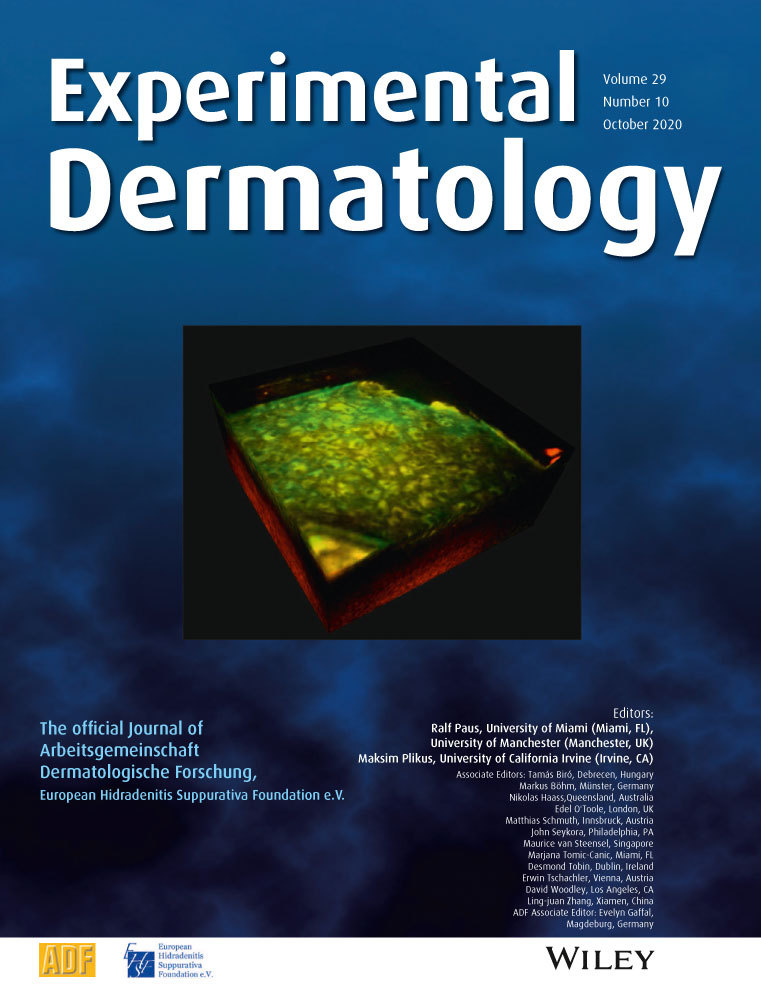In vivo confocal microscopy: The role of comparative approach in patients with multiple atypical nevi
IRB approval: protocol number NET-2011-02347213
Funding information
This research was kindly supported by Italian Ministry of Health (Project Code: NET-2011-02347213).
Abstract
Background
In vivo reflectance confocal microscopy (RCM) increases diagnostic accuracy for melanoma diagnosis when combined with dermoscopy. In patients with multiple atypical nevi, a comparative dermoscopic approach improves melanoma recognition and saves unnecessary excision. The performance of a comparative approach combining dermoscopy and RCM has not been yet investigated.
Objective
To validate a comparative dermoscopic + RCM approach according to melanoma diagnostic accuracy in patients with multiple atypical nevi.
Methods
Consecutive patients undergoing RCM examination for ≥3 atypical melanocytic lesions, assessed with a dermoscopic + RCM comparative approach in a real-life setting, from July 2012 to April 2018 at a single centre, were enrolled. Dermoscopic and dermoscopic + RCM morphologic approaches were retrospectively applied by evaluating revisited 7-point checklist, RCM and Delphi scores for each enrolled lesion. Comparative dermoscopic and dermoscopic + RCM approaches were subsequently used. For each approach, lesions were classified as non-suspicious (long-term follow-up) or suspicious (short-term follow-up or excision) and diagnostic accuracy for melanoma diagnosis was assessed.
Results
Diagnostic accuracy progressively increased comparing morphologic to comparative approaches, and comparing dermoscopic to dermoscopic + RCM approaches. The retrospective comparative dermoscopic + RCM approach revealed the largest area under the curve (0.84; 95%CI:0.79-0.89; P < .001) and the lowest number needed to excise (5.7). Furthermore, this approach had the highest specificity (67.6%) and sensitivity (100%) levels, which were similar to those verified in the real-life setting. The main study limitations are the retrospective design and high-risk patient inclusion only.
Conclusions
Comparative dermoscopic + RCM approach increases melanoma diagnostic accuracy, reducing unnecessary excision without missing melanomas.
CONFLICTS OF INTEREST
None declared.




